Of course, for the discerning wildlife lover, you already know what I am talking about. However, for those of you that are bit urban, perhaps. I am talking about the biggest of them, the undisputed champions of the African bush, the true kings of the jungle and savanna alike – the noble and sometimes pesky, Elephants!
Now, for those of you that don’t know me, let me quickly clear something up. I absolutely adore elephants. I could happily spend an entire safari drive with a herd or a bull, or both really. I love everything about them, and I think some of my best photographs have been of elephants. I have spent an inordinate amount of time with the massive pachyderms in my life and this has seen a fascination grow within me over the years.
This is much to the dismay of my wife, who even though she has worked out in the wilds of Africa for years, is petrified of the “gentle giants”. I am not joking; we were once driving around the Pilanesberg Game Reserve in South Africa and I made the mistake of letting her drive. Well needless to say, mid conversation the vehicle came to a very abrupt stop. I heard gears cranking and I suddenly heard that classic fast paced whine of the reserve gear as my body shot forward from the inertia. I turned to look at her and she was dead set looking out the back window of the car as she “Talladega’d” that poor automobile in reverse. What’s the problem my love, I asked. “Can’t you see the massive elephant over there!” she proclaimed. I had a quick look around and there in the distance, possibly over 200 meters away, one of the larger elephant bulls of the reserve was slowly and very peacefully, I might add heading up to the road from the valley below. The car stopped at a fairly suspect angle and very suddenly as the beast crossed the road, quite literally a quarter of a kilometer ahead of us. Needless to say, she was in a state due to this very near close call with her maker. However, once the bull was a safe distance of what felt like 3km away, she did indeed pluck up the courage to continue.
Anyways, I digress and while I could share tales of this nature for several pages further, we are not here to discuss elephant survival tactics. We are indeed here to celebrate these majestic creatures!
For this one, I thought I would take a look at what makes an elephant, well an elephant. There are several factors in this regard, so why not deep dive each one in a fun and educational way. Stick around, I hope you learn something about this very special creature because at the end of the day, it ain’t all about photography – it’s about so much more.
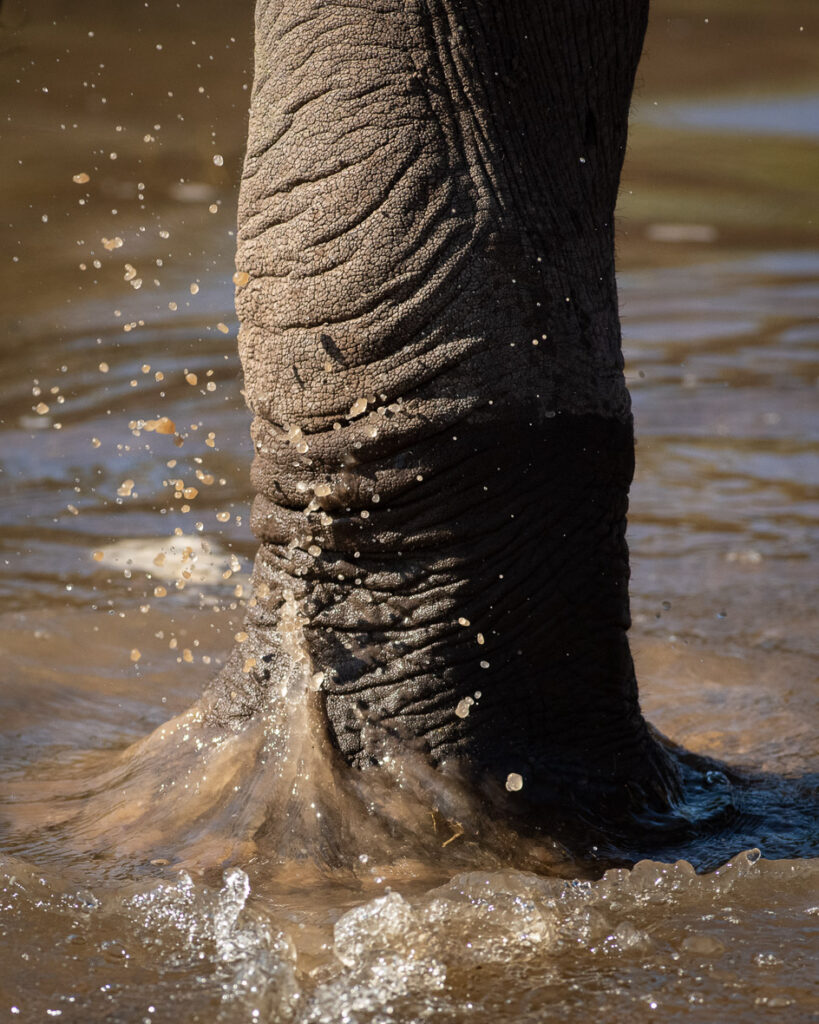
Let’s begin with possible the most elephant thing of all elephant things. That whippn’, wave’n trunk! Did you know that an elephant trunk has in the region of 40 000 to 50 000 muscles within it? In fact, it is such a tricky thing to dissect that the people white coats that study these things, just could not put an exact number down. That means that the elephant trunk has almost 70 times more muscles in it than the entire human body! And somehow, they manage to control it with incredible dexterity to such a point that they have been shown to be able to pick up things as fine a twig or a pin. While here we are barely able to control what our pinky finger can do – good job humans.
In all seriousness though, it is considered one of the most developed or adapted organs on the face of the planet. In fact, I challenge you to think of something else that is as useful as a 2-3-meter-long arm, being able to bend and twist in any direction you can imagine, while being able to smell water up to 8 feet underground and when said water is found by digging with said trunk (and feet) being able to suck up over 11 liters of the sweet stuff. Or how about being able to with the dexterity of your thumb and index finger working together, pick up seed pods up or even remove embedded thorns from their feet, seriously have a look at some of the images below and check out how the end of the trunk comes to very evident tips aka fingers. Or what about the fact that it can be used to scratch eyes, ears and undercarriage. And what about the fantastic slapping device it makes for when one of the herd is being a bit rowdy. I could go on for a while still, but I think you get the point and I know you still haven’t thought about a worthy competitor.
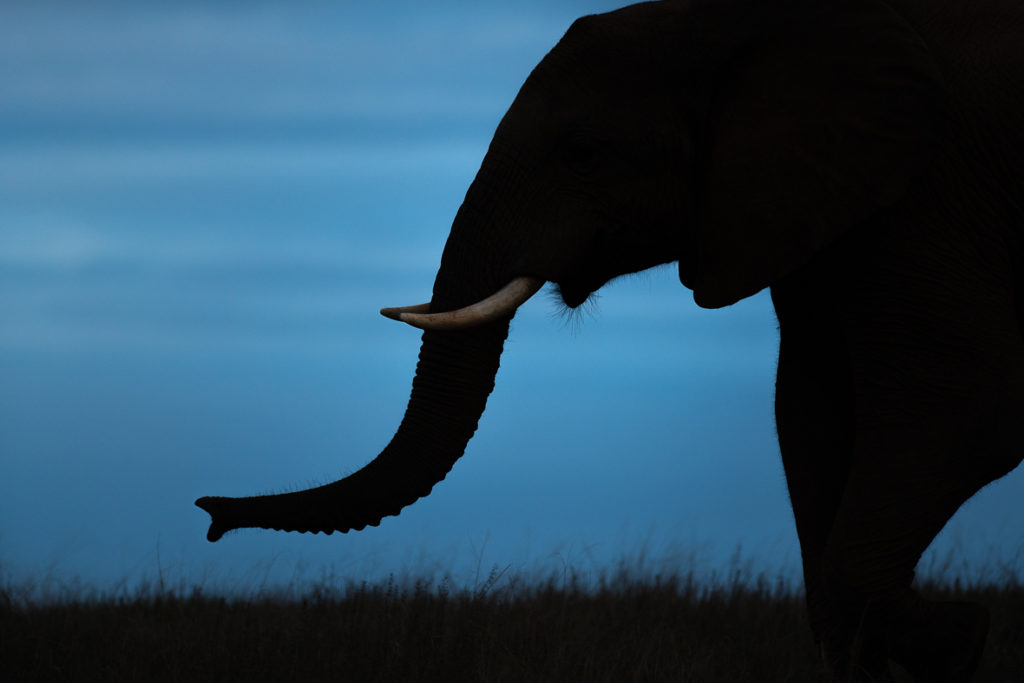

Let’s move on, shall we? Next up, we have the tusks and while other animals do indeed have tusks such as the humble warthog, they are nowhere near as prolific or as useful as that of the elephant. One of my favourite things about elephant tusks is that you can often tell if an elephant is right or left-handed due to the ware and tear on the right or left tusk. Although, I haven’t witnessed left-tusked elephants portraying any more creativity than that of right-tusked individuals. A great analogy to make is, if you think about the trunk as the fork then you can think of the tusk as the knife. Next time you have the honor of spending some time with elephant, keep an eye out for how the trunk will located food, say a branch for example. It will the pull the branch towards the face and the tusks, suddenly the branch is hooked around the tusk, the trunk then acts as the power and the tusk acts as the leverage. And just like that, the branch is snapped and quickly moved into the mouth where is can be shredded of its tasty bark – more on that later.
Of course, this is not the only use of the tusks. They will often be used to gauge tree trunks, allowing the elephant to strip the bark for feeding, occasionally they will be used for digging up roots or tubers as well. Let’s be honest though, one does not walk around with two giant pokey things on their face and not use them for the odd spat of aggression or self-defense. Males do indeed have larger tusks than females and that is because they, like the average male specimen, enjoy a good fight every once in a while. Any chance to flex right?
Moving on from the tusks, we find the teeth and while teeth don’t exactly make an elephant any different to any other mammal out there, their particular kind of teeth do. Elephants have what could be referred to a conveyor belt of teeth and this conveyor belt moves ever forward throughout their life. Generally speaking, it is said that elephants have 6 “sets” of teeth with each set of teeth lasting around 10 to 12 years before being replaced. If you consider that large elephants can consume upwards of 300kg (yes you read that correctly) of rough, hard vegetation a day. It’s not hard to imagine that their teeth are going to take a massive beating. So as teeth get ground down, they are slowly replaced from the back of the mouth going forward. In fact, you can very occasionally find shards of elephant teeth that have been expelled, out in the bush. This also gives rise to the idea of a limiting factor on an elephant’s life, as this supply of teeth is not endless. Sadly, eventually they will run out of teeth and with that comes a complete breakdown of their digestive system, malnutrition and eventual death at the ripe old age of about 55-65 years.
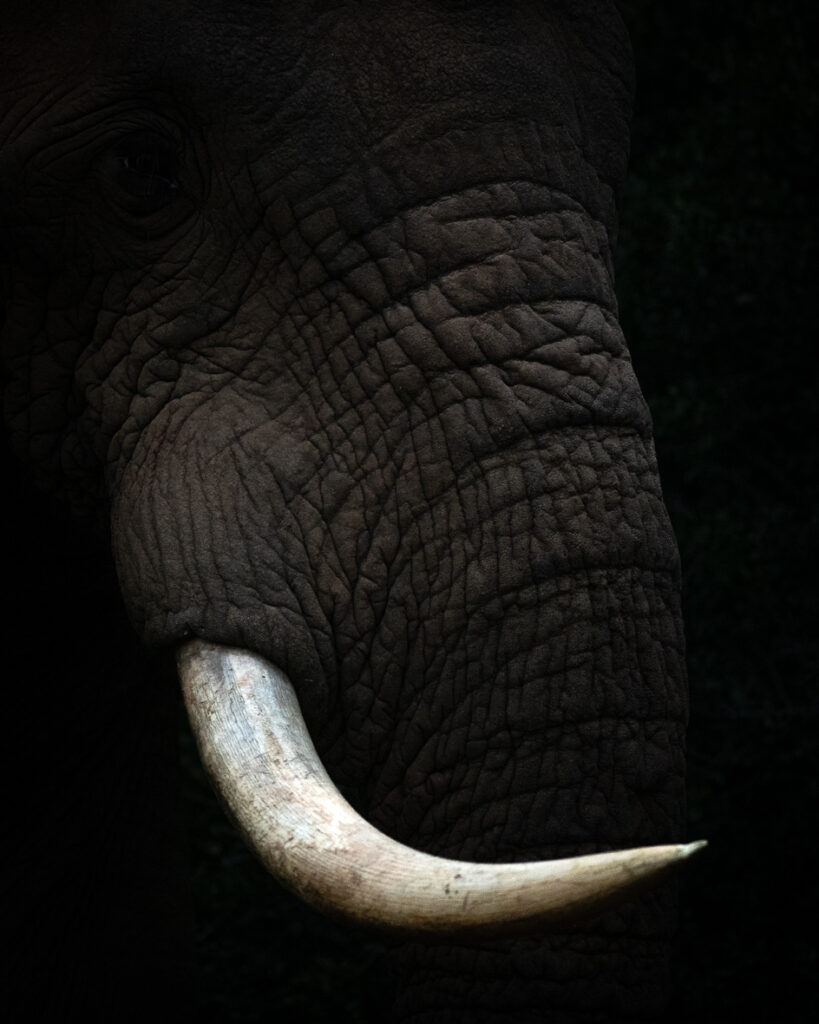
Next up, those big old ears! Contrary to popular belief elephants’ ears are not the size that they are to help them hear better, although don’t worry they can hear every bad joke you tell on the back of a safari vehicle. You see, when you are a 6-ton creature needing to consumer 300kg’s of food a day, you really don’t have many places to hide and you don’t have much time to relax. Thus, you are forced to be in the hot African sun just about all day. So, just how do you stay cool? Apparently, you need membrane like ears the size of a small car that are chock full of blood capillaries that are able to wave back and forth as easily as a sheet blowing in the wind. It’s crazy to consider that an elephant ear, when laid out flat, has the same surface area as the side of their bodies. What this allows for is an incredible amount of thermoregulation. When you see an elephant flapping their ears, they are not trying to fan their body. Rather, they are trying to rush cool air over those very exposed blood capillaries. They are able to pump a tremendous amount of blood through their ears very quickly and as the blood is cooled by the ear flapping, it is then pumped back around the body. Essentially, they have a truck radiator on either side of their head.
As an added note, man those things sound scary when they get slapped against the side of the beast’s body in a puff of fine dust. Often elephants will do this as a warning, so watch it!
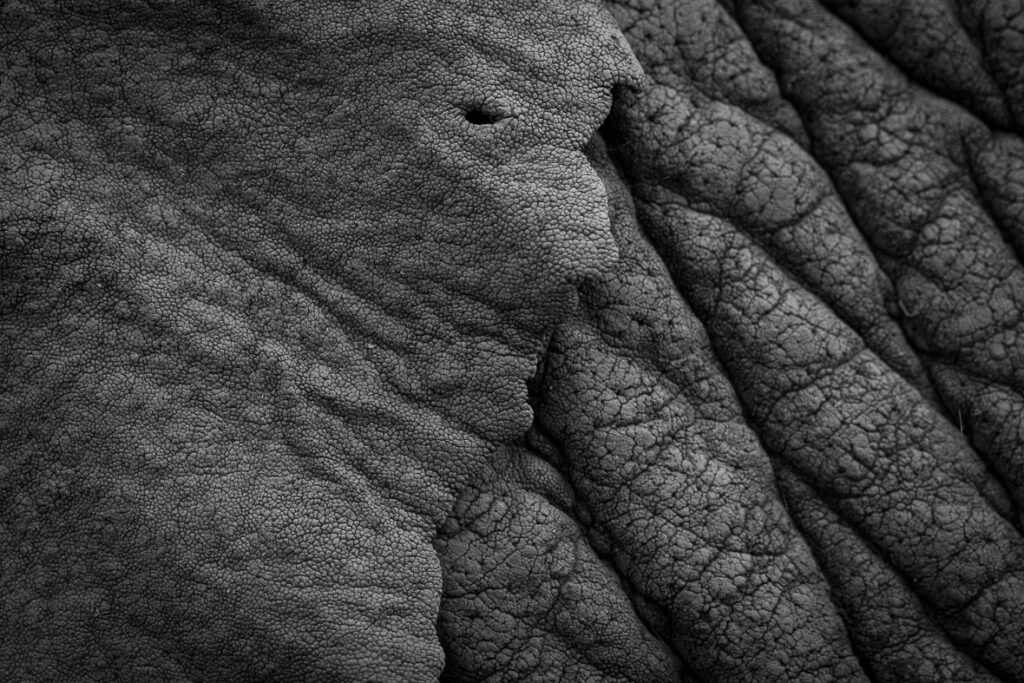
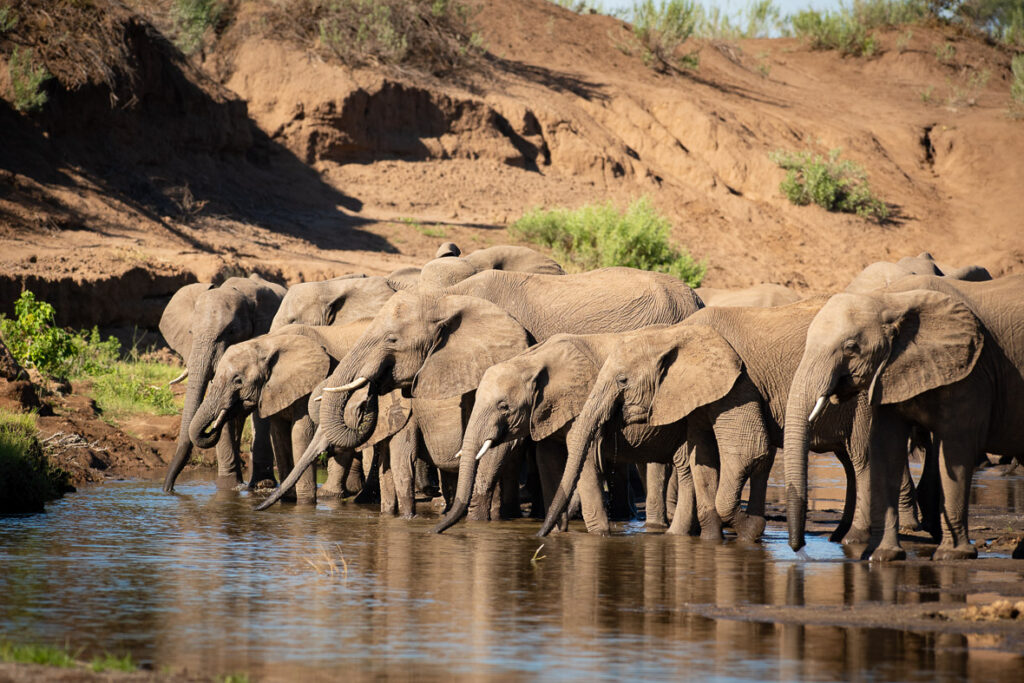
Being a pachyderm, obviously elephants have some pretty special skin. For those of you that are bit lost, a pachyderm is a creature that has rather thick skin. Some other creatures that fall into this category are rhinos and hippos. However, elephant skin is unique in that it basically acts like a giant sponge. All those cracks, wrinkles and folds provide an amazing place for wet mud storage and wet mud storage means protection from the sun and provides a significant amount of cooling.
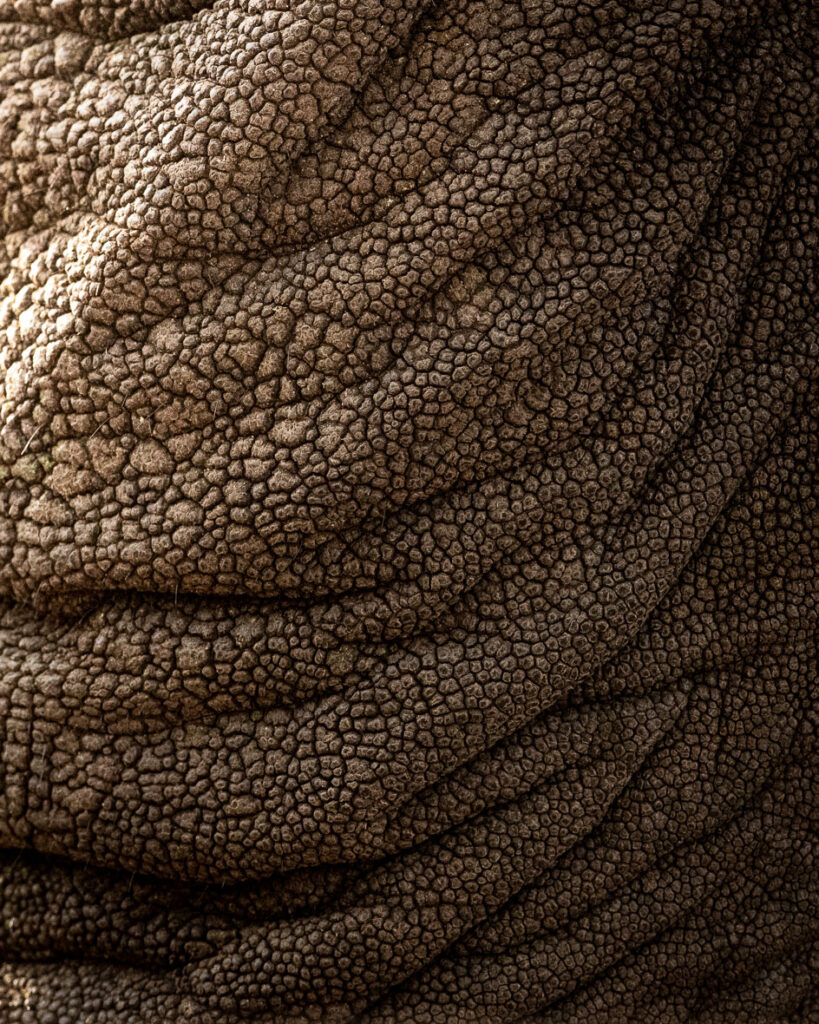
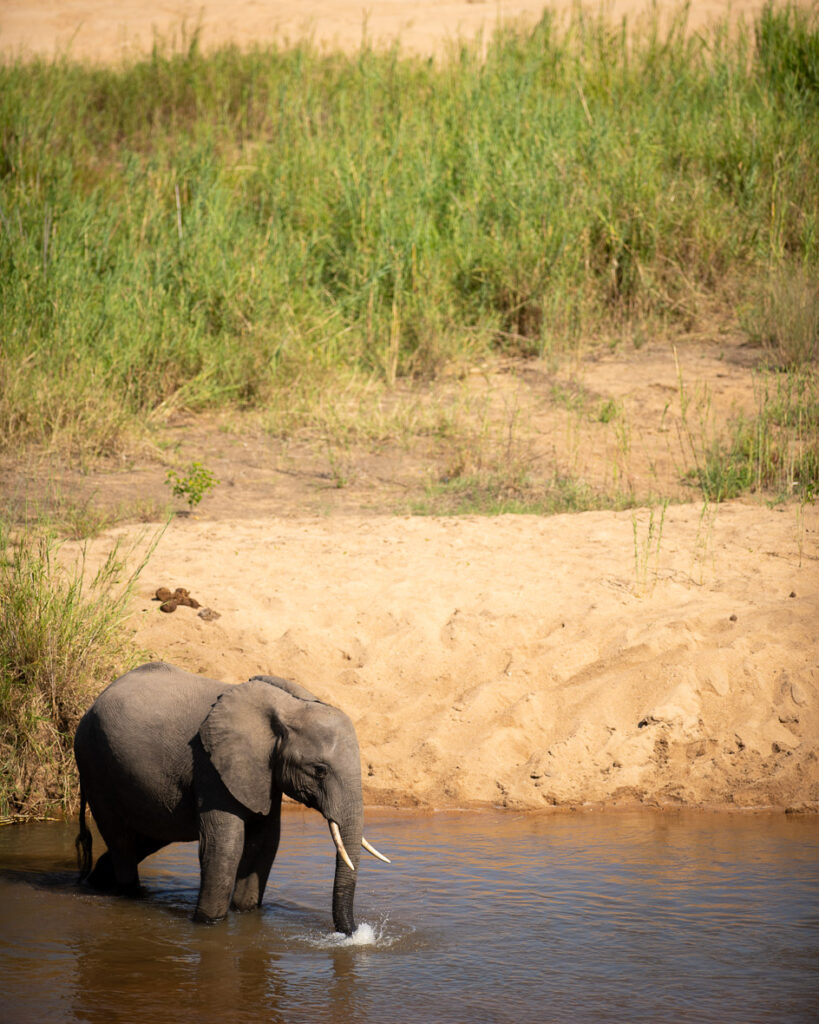
The last thing I wanted to touch on in this article are those incredibly interesting and fun to look at feet. As you well know their feet are massive but the front, as with most other animals, are far broader than the back. So, in other words, the front foot is very round and large while the back foot is oval and smaller. The reason for this, is because there is a lot more weight to carry on the front legs than the back legs, consider for a moment if you will, that a large bull elephants head can weigh close to ton by itself.
Their feet are also super unique in that basically and elephant is walking on its tippy toes with a large layer of fatty fibrous tissue holding the heel up high. This layer also acts as an incredible shock absorber, grip finder and quiet maker. In fact, elephants which weigh tons, make less nose walking than an 80kg person. Seriously, next time you are in the bush just pause for a second and take note of how quiet they are as they move through the brush. I have seen elephants scale some very impressive rocky outcrops in order to get some of the best and most untouched eating out there (trust the picky pachyderms to figure this out) and the way they are able to access these areas is through this layer as well. When you see an elephant walking in rocky and uneven areas take note of how the foot molds to whatever it is standing on.
While elephants don’t exactly have toes, well ones that are outward appearing. They do still have toenails, which prove invaluable in their feeding and foraging habits. Those blunt toenails act as hammers and shovels alike. They will often have to literally kick small tress out of the ground, and they will often have to dig up roots with these scale-like nails. Interestingly, these nails are not really attached to the digits in anyway and are actually tough, almost corn like patches of skin.
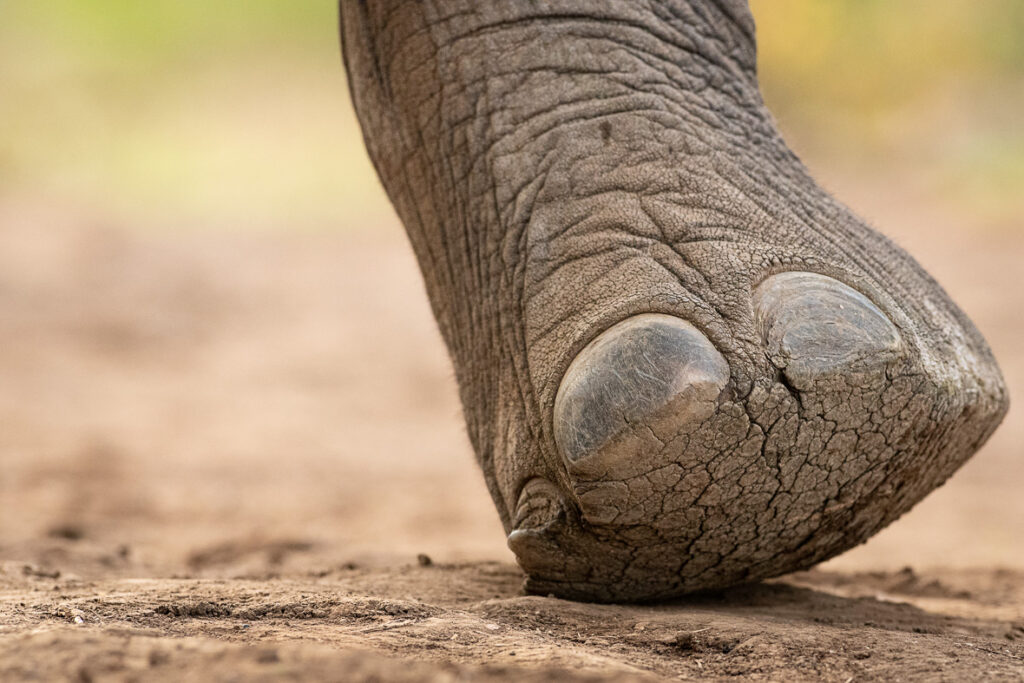
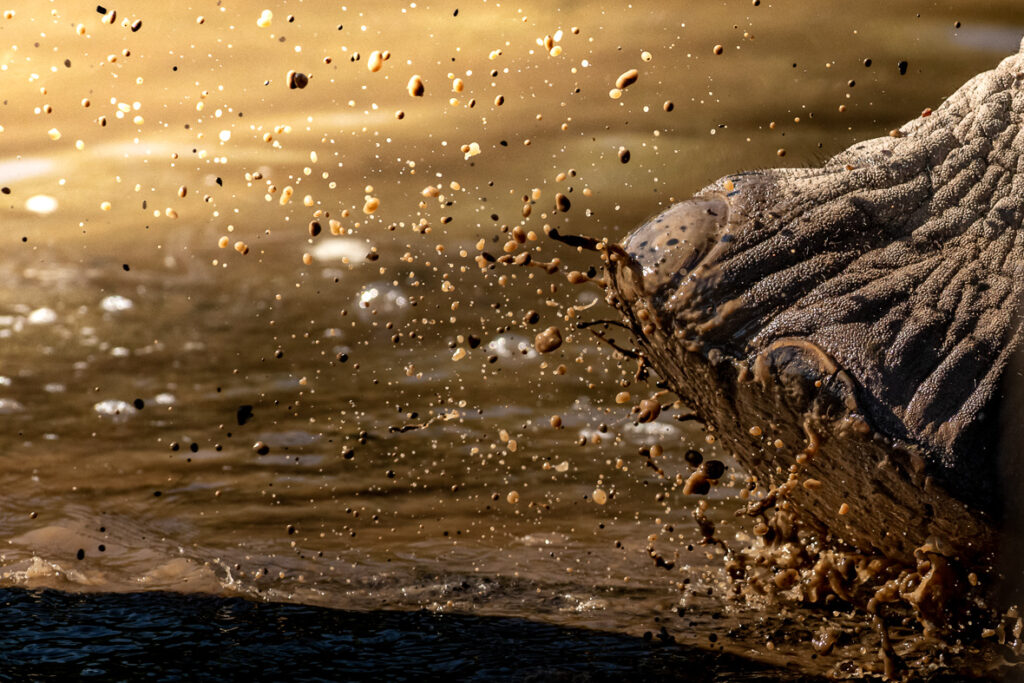
In closing, I really could write about elephants all day, there really is just that much that is so interesting about them! However, I have tried my hardest to keep this article “short” and to the point while hopefully pointing out some things you never knew about elephants or possibly some new ways to think about why adaptions happen. I think I will leave it to you know to decide if you would like more information and if you do, then just leave a comment below and I will get back to you.
I'll end this off with a quote from, strangely enough, Bill Murray!
“They say an elephant never forgets, what they don’t tell you is you never forget an elephant”
Until next time, happy snapping,
Luke
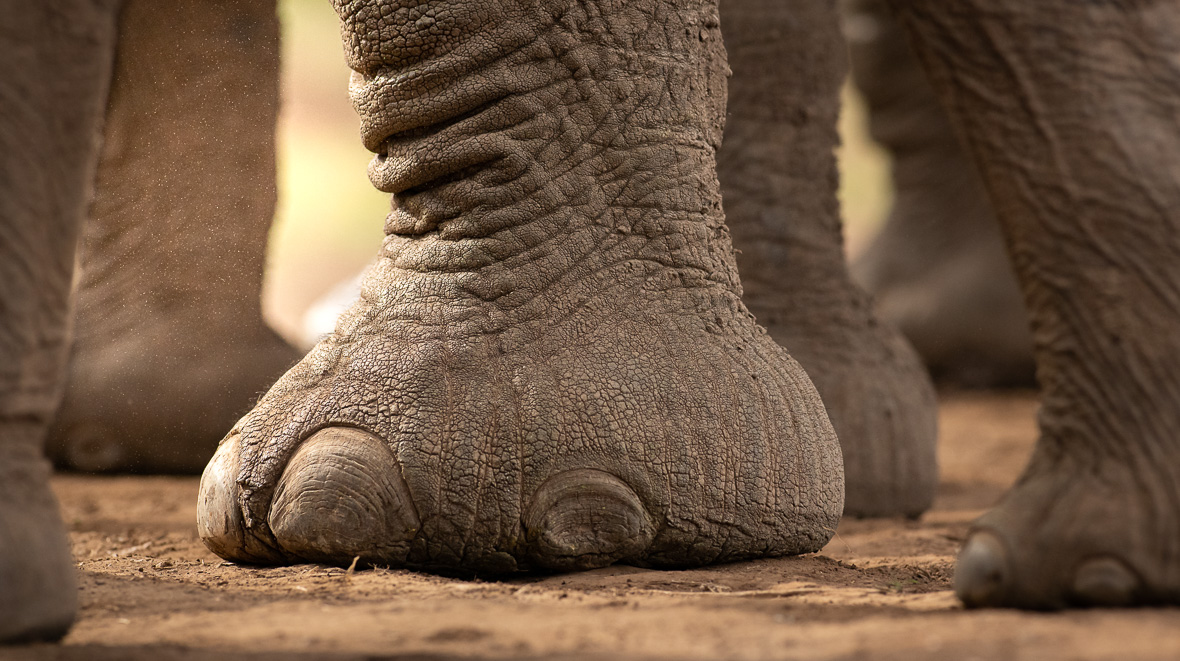
Amboseli and Lake Nakuru Safari
Amboseli finds itself at the foothills of the iconic Mount Kilimanjaro. It's one of the most scenic national parks in Africa and when the mountain is in full view will leave you with memories like no other. There is an abundance of wildlife that call the park home and you also stand a good chance of seeing a few of the iconic tuskers, some of the largest elephants in Africa today.
ULTIMATE ELEPHANT TOUR
This tour provides an amazing opportunity to spend time with Africa’s giants in some of the most breathtaking landscapes. The combination of Mana Pools, Hwange and the Chobe not only allows you to view Elephants in different environments, but also to observe vastly different behaviour.
